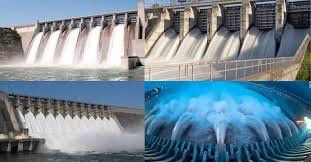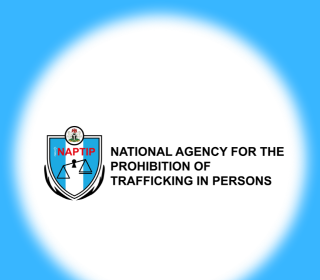By Adeyemi Adekunle
Kanji and Jebba power plants have reported losses surpassing N30.5 billion due to a series of crippling grid failures from 2022 to 2024. This alarming situation not only impacts the power generation sector but also echoes troubling implications for the nation’s economy and everyday lives of millions of Nigerians.
The latest grid collapse, marking the 11th incident in 2024 alone, transpired last Thursday, further disrupting business operations and compounding the challenges faced by consumers. With the transmission of electricity becoming increasingly erratic, affected stakeholders are sounding the alarm on the dire economic ramifications of ongoing power instability.
The Federal Government has pointed to severe infrastructure deficiencies as primary culprits behind the frequent grid failures. High-ranking officials have linked the disruptions to ongoing issues like the destruction of critical assets—transmission towers and transformers—outdated equipment in transmission substations, and other factors such as insufficient maintenance, inadequate investment, and possible sabotage from unarmed groups.
“We are dealing with aging infrastructure that has not seen substantial upgrades over the years,” a government source stated, emphasizing the pressing need for urgent intervention to halt the decline of the national grid.
Power generation companies, particularly Kanji and Jebba, have vehemently condemned the repeated failures. As reported, these two plants, crucial to the national energy output, have collectively suffered financial and technical setbacks that have far-reaching consequences.
A recent analysis revealed that in 2022 alone, they lost 149,524 megawatt-hours, resulting in a staggering N2.38 billion in losses. This figure escalated dramatically in the following years, with losses soaring to N6.3 billion in 2023 and spike to N21.87 billion in the first 11 months of 2024—a 247% increase year-over-year.
The report highlights disruption not just for power generation but for the hydropower infrastructure itself. Essential equipment is being damaged, operational costs are rising due to necessary repairs, and scheduled maintenance is being thrown into disarray. The implications of this are profound, leading to loss of generation capacity and compromised reliability of the power supply.
Technical experts have identified multiple causes of these grid failures, including instability and overloads, failure of critical equipment, inadequate system protection, and poor maintenance practices. As Joy Ogaji, CEO of the Association of Power Generation Companies (APGC), underscores, rising demand for electricity in Nigeria versus the current transmission line capacity has created a precarious situation.
“Overloads can occur when demand exceeds capacity, and that can lead to overheating and cascading outages,” Ogaji emphasizes. The frequent disruptions and damage to critical infrastructure, such as transformers and generators, have put immense pressure on Generation Companies (GenCos), complicating their operational landscape.
During a recent media event in Abuja, Ogaji addressed the pressing need for action. “Grid collapse is not just a technical failure; it poses a severe threat to the entire power sector. We are witnessing frequent disruptions, major revenue losses, and damaging equipment failure,” she stated. “Improving electricity supply projections must be coupled with efforts to protect lives and infrastructure to support the country’s economic growth.”
Her call to action resonates through the corridors of the industry, demanding coordinated efforts among government entities, regulatory bodies, and power sector participants to tackle the crisis. Industry experts reinforce the notion that an immediate overhaul of infrastructure is vital for curbing the frequency of grid failures.
Stephen Ogaji, an industry expert, elaborated on the challenges faced by thermal power plants operating under the current conditions. “The operational status of the grid is unsuitable for compliance with the grid code,” he noted. “Every generator must adhere to primary frequency response standards, yet the existing parameters challenge their operations significantly.”
Such systemic inadequacies highlight not only the immediate operational hurdles but also the long-term sustainability of Nigeria’s power generation efforts. As these plants grapple with the rising financial strain, they face harder choices on maintaining and repairing damaged equipment, ultimately exacerbating issues related to the reliability of the electricity supply.
Moreover, the broader implications of this crisis extend to everyday citizens and businesses that rely heavily on consistent power supply for their operations and day-to-day activities. With industry experts predicting further escalations in the frequency of grid failures, it remains unclear what strategies the government will adopt to combat these challenges.
Government officials, while acknowledging the issues, also emphasize the need for private sector investment in power infrastructure. However, structural instability makes attracting such investments challenging, particularly in the face of escalating operational and financial risks associated with a failing grid.
The losses incurred by Kanji and Jebba power plants open a window into a deepening crisis within Nigeria’s energy sector, necessitating urgent, coordinated responses from all stakeholders involved. As citizens await answers from their leaders, the urgent call to action for infrastructure improvement, enhanced maintenance protocols, and support for the generation companies stands clear. The clock is ticking, and without decisive intervention, the repercussions of this crisis could send shockwaves through Nigeria’s economy for years to come.




